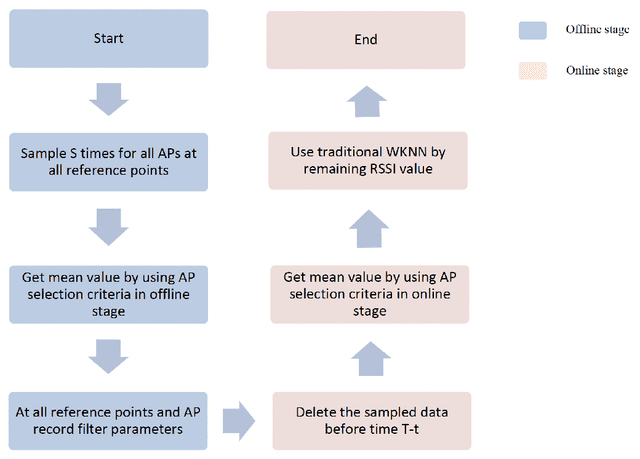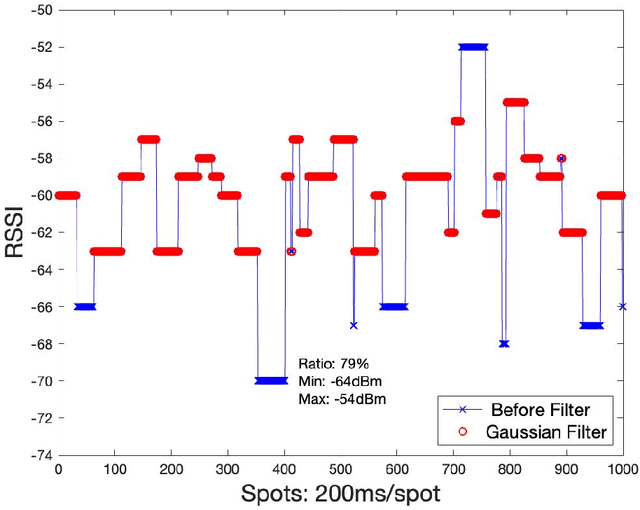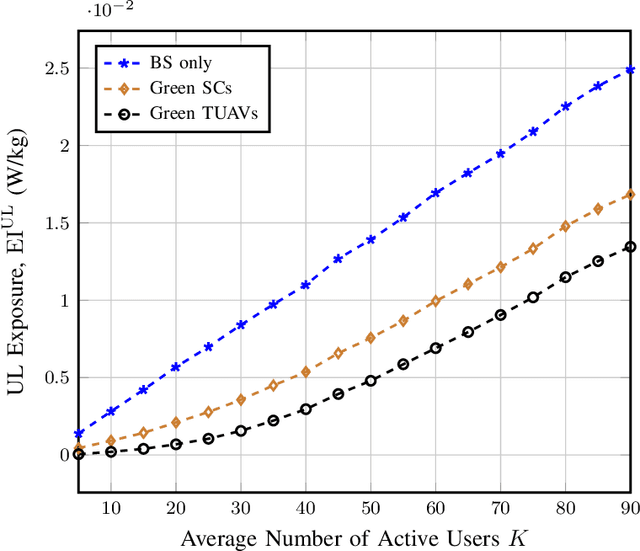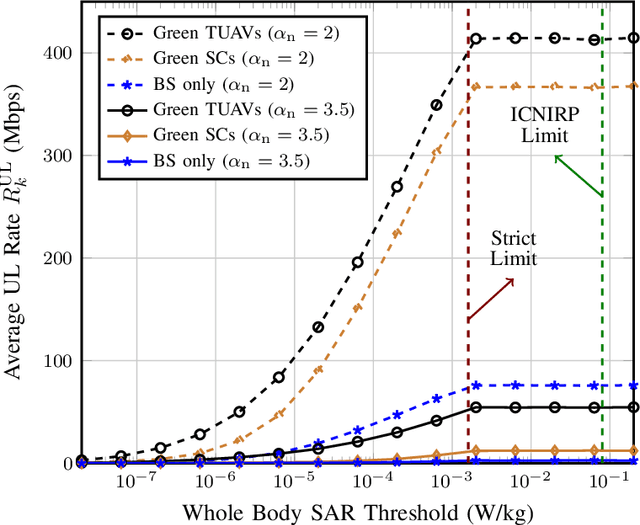Zhengying Lou
HAPS in the Non-Terrestrial Network Nexus: Prospective Architectures and Performance Insights
Oct 14, 2023



Abstract:High altitude platform stations (HAPS) have recently emerged as a new key stratospheric player in non-terrestrial networks (NTN) alongside satellites and low-altitude platforms. In this paper, we present the main communication links between HAPS and other NTN platforms, their advantages, and their challenges. Then, prospective network architectures in which HAPS plays an indispensable role in the future NTNs are presented such as ad-hoc, cell-free, and integrated access and backhaul. To showcase the importance of HAPS in the NTN, we provide comprehensive performance insights when using HAPS in the prospective architectures with the most suitable communication link. The insights show the HAPS' ability to interconnect the NTN nexus as well as their versatility by incorporating different metrics into the analysis such as routing latency, energy efficiency, coverage probability, and channel capacity. Depending on the architecture, HAPS will play different roles in NTN, such as a UAV network center, satellite relay, and ground network extension. Finally, the performance gain provided by HAPS usage in NTN is further highlighted by comparing the results when no HAPS are used.
Coverage Analysis of Hybrid RF/THz Networks With Best Relay Selection
Mar 17, 2023Abstract:Utilizing terahertz (THz) transmission to enhance coverage has proven various benefits compared to traditional radio frequency (RF) counterparts. This letter proposes a dual-hop decode-and-forward (DF) routing protocol in a hybrid RF and THz relay network named hybrid relay selection (HRS). The coverage probability of the HRS protocol is derived. The HRS protocol prioritizes THz relays for higher data rates or short source-destination distances; and RF relays for lower data rates or large source-destination distances. The proposed HRS protocol offers nearly the same performance as the optimal selection protocol, which requires complete instantaneous channel state information (CSI) of all the nodes.
I-WKNN: Fast-Speed and High-Accuracy WIFI Positioning for Intelligent Stadiums
Dec 03, 2021



Abstract:Based on various existing wireless fingerprint location algorithms in intelligent sports venues, a high-precision and fast indoor location algorithm improved weighted k-nearest neighbor (I-WKNN) is proposed. In order to meet the complex environment of sports venues and the demand of high-speed sampling, this paper proposes an AP selection algorithm for offline and online stages. Based on the characteristics of the signal intensity distribution in intelligent venues, an asymmetric Gaussian filter algorithm is proposed. This paper introduces the application of the positioning algorithm in the intelligent stadium system, and completes the data acquisition and real-time positioning of the stadium. Compared with traditional WKNN and KNN algorithms, the I-WKNN algorithm has advantages in fingerprint positioning database processing, environmental noise adaptability, real-time positioning accuracy and positioning speed, etc. The experimental results show that the I-WKNN algorithm has obvious advantages in positioning accuracy and positioning time in a complex noise environment and has obvious application potential in a smart stadium.
Green Tethered UAVs for EMF-Aware Cellular Networks
Jun 03, 2021



Abstract:A prevalent theory circulating among the non-scientific community is that the intensive deployment of base stations over the territory significantly increases the level of electromagnetic field (EMF) exposure and affects population health. To alleviate this concern, in this work, we propose a network architecture that introduces tethered unmanned aerial vehicles (TUAVs) carrying green antennas to minimize the EMF exposure while guaranteeing a high data rate for users. In particular, each TUAV can attach itself to one of the possible ground stations at the top of some buildings. The location of the TUAVs, transmit power of user equipment and association policy are optimized to minimize the EMF exposure. Unfortunately, the problem turns out to be mixed-integer non-linear programming (MINLP), which is non-deterministic polynomial-time (NP) hard. We propose an efficient low-complexity algorithm composed of three submodules. Firstly, we propose an algorithm based on the greedy principle to determine the optimal association matrix between the users and base stations. Then, we offer two approaches, a modified K-mean and shrink and realign (SR) process, to associate each TUAV with a ground station. Finally, we put forward two algorithms based on the golden search and SR process to adjust the TUAV's position within the hovering area over the building. After that, we consider the dual problem that maximizes the sum rate while keeping the exposure below a predefined value, such as the level enforced by the regulation. Next, we perform extensive simulations to show the effectiveness of the proposed TUAVs to reduce the exposure compared to various architectures. Eventually, we show that TUAVs with green antennas can effectively mitigate the EMF exposure by more than 20% compared to fixed green small cells while achieving a higher data rate.
 Add to Chrome
Add to Chrome Add to Firefox
Add to Firefox Add to Edge
Add to Edge